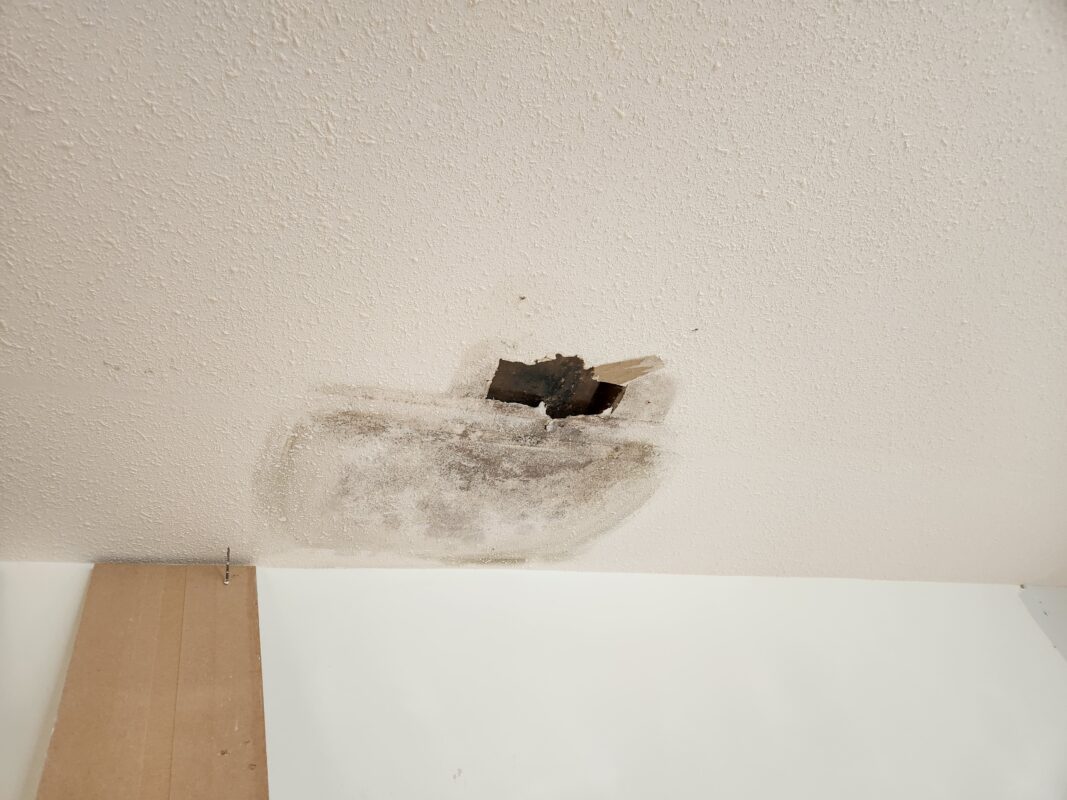How to Spot Hidden Drywall Damage Before It Gets Worse: Warning Signs Every Homeowner Should Know
Not all drywall damage is easy to spot. While cracks or holes on the surface are obvious, hidden drywall damage can quietly develop behind paint, furniture, or even inside the wall itself—often going unnoticed until it becomes a much bigger problem.
Ignoring this kind of damage can lead to serious consequences, including mould growth, structural weakening, and costly repairs. What starts as a slow leak or subtle discolouration can turn into a major restoration project if not caught early.
In this blog, we’ll show you how to recognize the warning signs of hidden drywall damage, explore the most common causes, and explain when it’s time to call in a professional to assess and repair the issue before it gets worse.
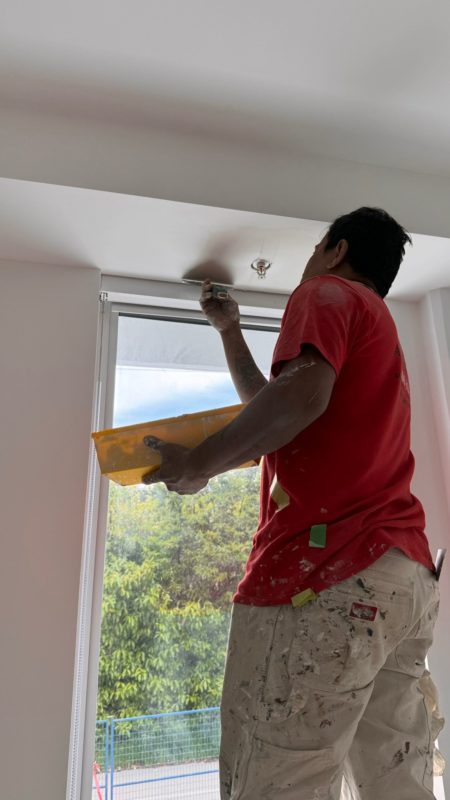
Why Drywall Damage Often Goes Unnoticed
One of the biggest challenges with hidden drywall damage is that it doesn’t always show immediate signs. Damage can easily be concealed beneath a fresh coat of paint, behind large furniture, or masked by decorative finishes. Without a clear visual cue, homeowners may not realize there’s a problem until it’s too late.
Slow plumbing leaks inside walls, roof leaks dripping into ceilings, or even poor ventilation that traps moisture can all lead to hidden drywall damage over time. Since drywall is porous, it absorbs moisture gradually—making the problem worse while remaining invisible on the surface.
Understanding how and where drywall damage hides is key to catching issues early and avoiding costly repairs later on.
Early Signs of Hidden Drywall Damage
Spotting hidden drywall damage early can save you from more serious repairs down the line. While the signs might seem minor at first, they often point to bigger issues beneath the surface. Here are some common indicators to watch for:
-
Bubbling or discoloured paint – Moisture trapped behind the wall can cause the paint to lift or develop yellowish stains.
-
Soft or bulging areas – If the drywall feels spongy or looks swollen when you press on it, there could be hidden moisture damage.
-
Musty odours – A persistent damp or musty smell, especially near walls or ceilings, may signal mould growing behind the drywall.
-
Nail pops or hairline cracks – These can form as the wall structure shifts due to hidden water damage or wood rot.
-
Uneven wall texture – Subtle rippling or bubbling can occur as drywall begins to degrade from behind.
If you notice any of these signs, it’s best to investigate further—or call a professional—to stop the problem before it worsens.
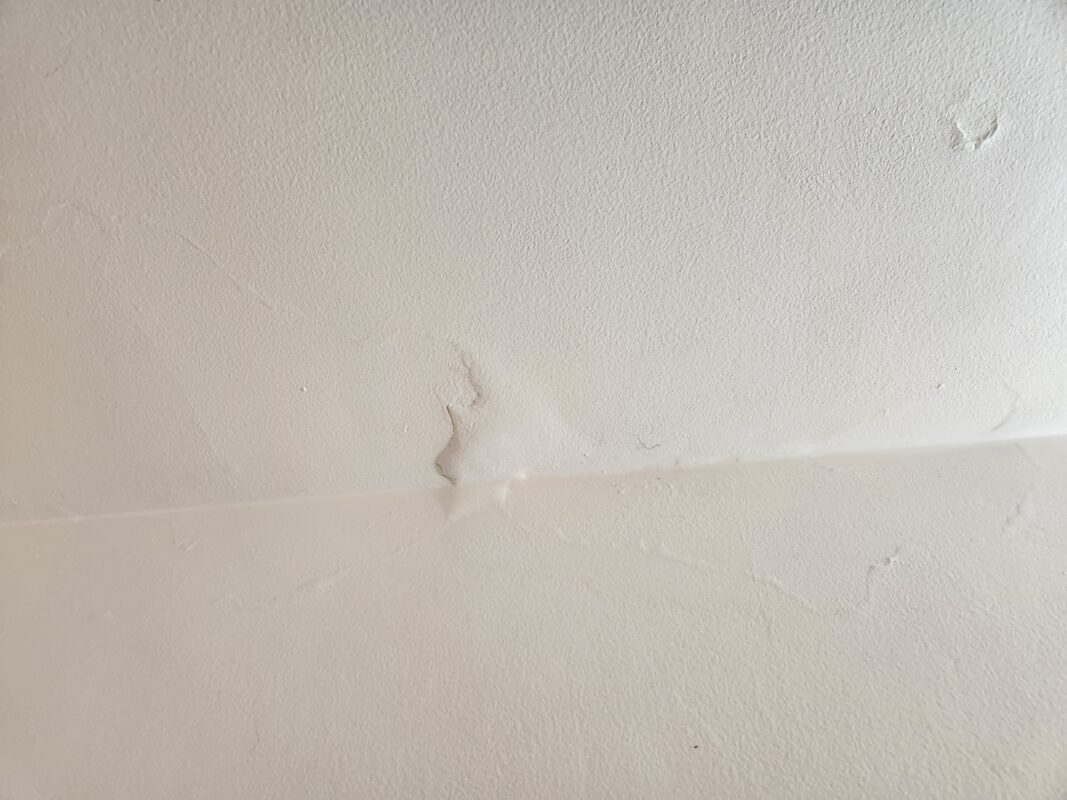

Common Causes of Hidden Drywall Damage
Understanding what leads to hidden drywall damage can help you prevent it—or at least catch it early. Here are some of the most common culprits:
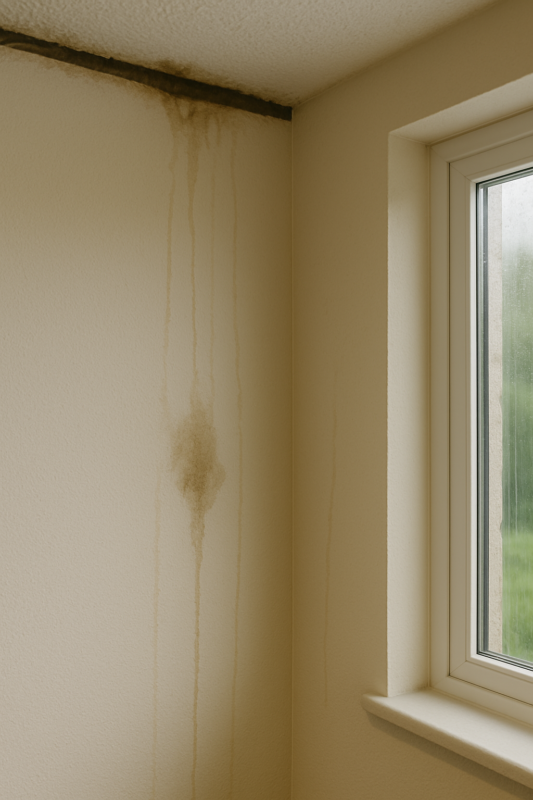
-
Plumbing leaks behind walls – A slow drip from a pipe can soak into drywall over time, causing soft spots, staining, or mould growth with no obvious surface damage until it’s advanced.
-
Roof or window leaks – Water entering through compromised roofing or poorly sealed windows can seep into ceiling or wall cavities, leading to concealed moisture buildup and drywall deterioration.
-
Condensation and poor ventilation – Areas like bathrooms, laundry rooms, and basements are especially vulnerable. When humid air isn’t properly vented, condensation can collect on or behind walls, damaging the drywall from within.
-
Improper installation or settling foundations – If drywall wasn’t installed correctly or your home has settled unevenly, it can stress the material, leading to cracking, warping, or separation that often begins behind the surface.
According to PatchMaster, water damage from plumbing leaks and poor ventilation are among the leading causes of hidden drywall issues, often going unnoticed until significant repair is needed.
Being aware of these risks can help you take action before hidden drywall damage becomes a major concern.
When to Inspect for Damage
Routine checks are essential to catch hidden drywall damage before it escalates into a larger issue. While drywall can often hide signs of moisture or structural problems, there are specific times when inspections are especially important:
-
After major storms or water incidents – Heavy rainfall, roof leaks, or burst pipes can all lead to moisture seeping into your walls. Even if surfaces appear fine, damage could be forming behind them.
-
If you notice mould, mildew, or stains – Any unexpected discolouration or musty smell could be a sign of hidden drywall damage. These signs often appear long after moisture has started affecting the drywall.
-
During seasonal home maintenance or renovation – When you’re already working on your home, it’s a great opportunity to inspect walls and ceilings for soft spots, bubbling paint, or irregular textures that may indicate underlying issues.
Being proactive with these inspections helps you catch problems early and avoid more extensive drywall repairs later on.
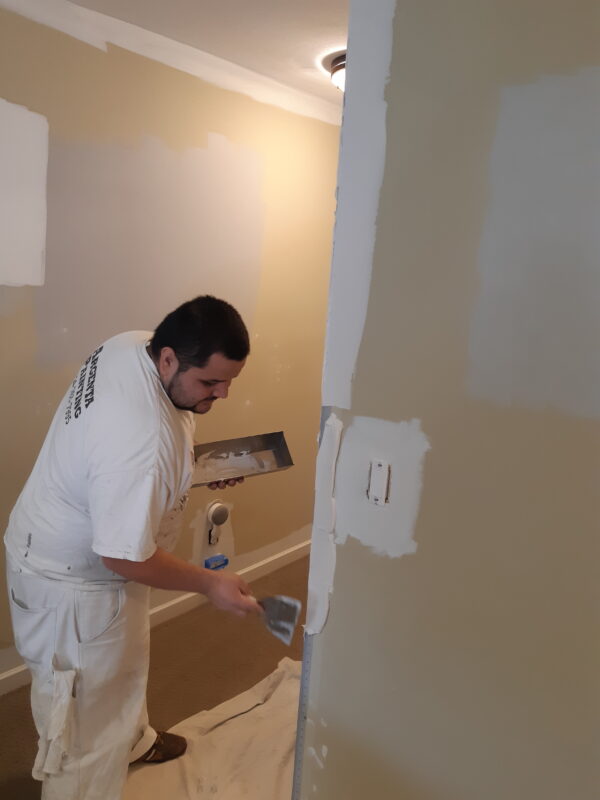
DIY vs. Professional Inspection
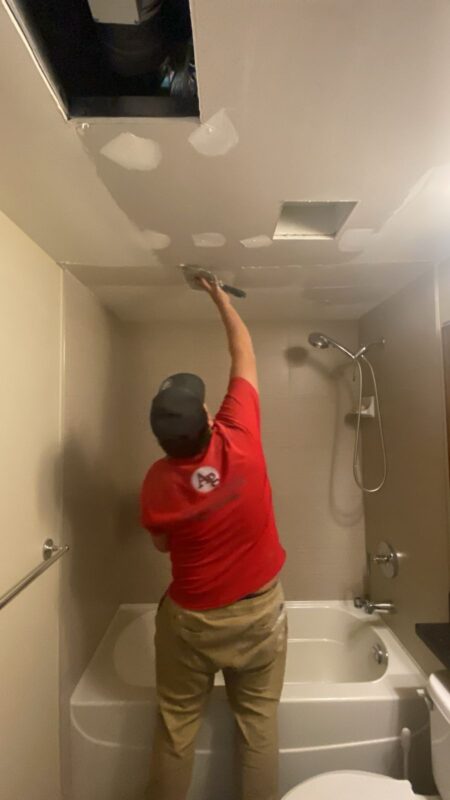
There are times when you can safely assess your walls for hidden drywall damage, but there are also situations where calling in a professional is the smarter choice.
DIY inspection is suitable if you’re doing a basic check. Gently pressing on walls to feel for soft spots, visually scanning for bubbling paint, discolouration, or small cracks are all simple ways to spot early signs of trouble. If everything feels solid and looks clean, you may not need to go further.
However, if you suspect hidden drywall damage—like sagging sections, a persistent musty odour, or any history of water leaks—it’s time to call in a professional. A trained technician can use moisture meters and inspect behind the surface to identify issues that aren’t visible to the naked eye.
Getting a thorough assessment not only helps pinpoint the source of the problem but also ensures that any repairs are done right the first time—preventing deeper damage and saving you money in the long run.
If you’re unsure what you’re dealing with, contact Argenta Restoration Ltd. for a professional inspection and reliable drywall repair solutions.
Catching hidden drywall damage early can save you from expensive repairs and protect your home from more serious issues like mould or structural deterioration. Because this type of damage often develops quietly, regular inspections and quick action are essential.
Whether you’ve noticed subtle signs like bubbling paint or musty odours, or you’ve recently experienced a leak or water damage, it’s important not to wait. The sooner you investigate, the better your chances of avoiding major problems.
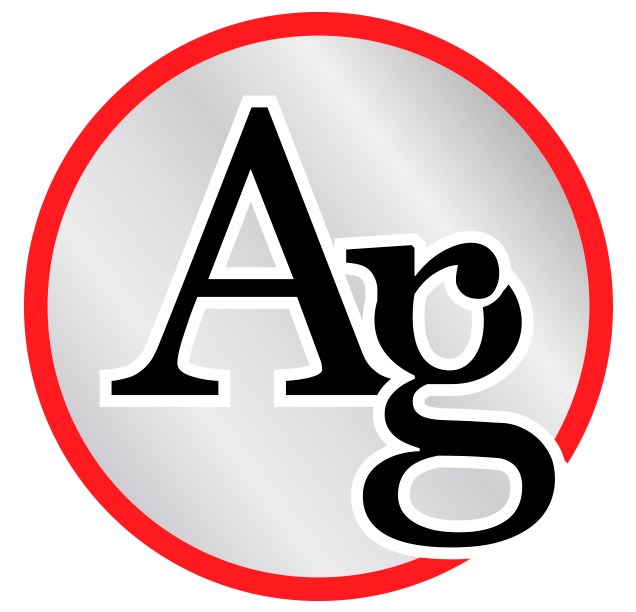
Call a Professional
Contact Argenta Restoration Ltd. for expert drywall inspection and repair services. Our team is trained to detect and fix hidden drywall damage before it spreads—restoring both the look and integrity of your walls.

